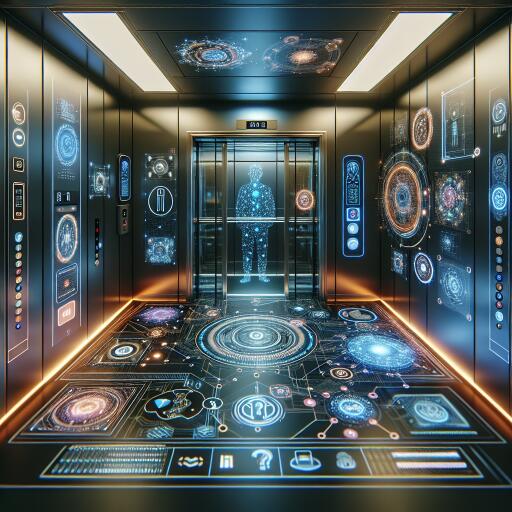The Evolution and Revolution of Elevator Technology: From Historical Lifts to Smart Futures
The journey of elevator technology from its rudimentary beginnings in the 19th century to the highly sophisticated systems we use today is nothing short of fascinating. As urban designs increasingly aim for the skies, the demand for innovative, efficient, and sustainable vertical transport solutions is more critical than ever. This exploration delves into the crux of today’s cutting-edge elevator tech and forecasts the future of vertical mobility.
The inception of elevator technology dates back to the 1800s, marking a pivotal turn in architectural design and urban planning. It transformed not only how we move vertically within a building but also how buildings themselves are conceptualized. The era of skyscrapers began, bringing along a continuous evolution geared towards achieving greater heights, literally and metaphorically.
At the heart of current trends in elevator technology are smart systems. These employ a variety of innovations such as the Internet of Things (IoT) for real-time monitoring and predictive maintenance, AI and machine learning for optimized functionality, and touchless controls to enhance hygienic access in the wake of health and safety concerns. These intelligent features are reshaping the landscape of urban transportation within buildings, focusing on efficiency, user experience, and sustainability.
Energy conservation and environmental sustainability lead the charge in the trend towards greener elevator solutions. Technologies like regenerative drives capture and repurpose the energy expended during an elevator’s operation, while advances in material science have led to the adoption of lighter, more sustainable materials in construction, reducing the overall carbon footprint.
Destination control systems (DCS) represent another forward leap in elevator technology. Unlike traditional systems, DCS streamline the flow of traffic by grouping passengers based on their destination, significantly cutting down travel time and power consumption. In parallel, predictive maintenance utilizes data analytics and IoT to anticipate and rectify potential issues before they lead to breakdowns, ensuring reliability and safety.
The iconic Burj Khalifa in Dubai stands as a testament to the pinnacle of elevator technology. Housing one of the fastest elevators globally, this architectural marvel integrates advanced systems including double-deck cabins and sophisticated control mechanisms to offer an unparalleled user experience.
Complementing the vertical mobility provided by elevators, horizontal transportation in the form of travelators offers an efficient means of moving people and goods over short distances. This harmonious integration of elevators and travelators is pivotal in creating seamlessly connected, accessible environments that cater to everyone, including those with mobility challenges.
Looking towards the future, the horizon of elevator technology is brimming with promise. Innovations such as magnetic levitation (maglev) challenge traditional designs by providing faster, smoother rides without the need for cables, opening the door to horizontal travel in addition to vertical, and redefining the capabilities of elevators in high-rise and sprawling buildings alike.
The advancement of smart elevator technologies is not just about enhancing operational efficiency or end-user experience; it is integral to the sustainable development of urban landscapes. As we embrace these innovations, we pave the way for smarter, more responsive buildings and cities that prioritize the well-being of their inhabitants.
To stay informed about the latest in smart elevator technology and its impact on future urban development, subscribing to industry newsletters or engaging with expert consultancies can provide valuable insights and updates.










